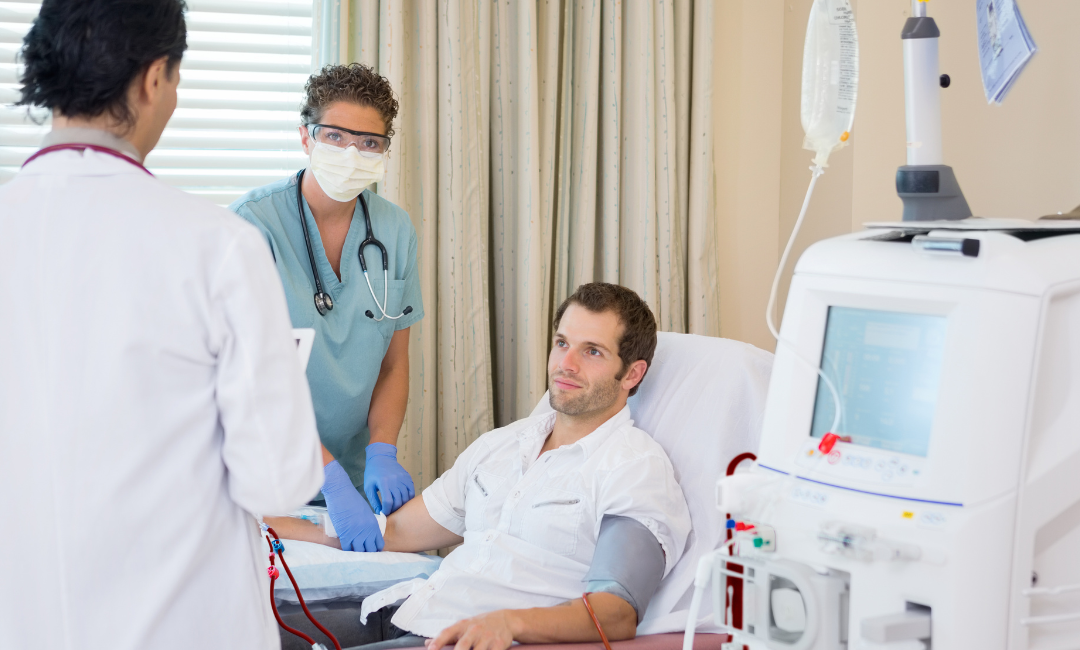Prevention of Central Line-Associated Bloodstream Infections (CLABSIs)
The best way to prevent CLABSIs in the home health setting is effective central line maintenance.
The following are three ways to decrease the risk of patients developing CLABSIs while they are at home:
Keep the central line dressing clean and dry
Bacteria at the site can lead to an infection within the central line system. A loose dressing, due to moisture or being soiled, can cause bacteria to enter. Central lines should be dressed in a clean secure fashion in order to prevent bacteria from entering the insertion site.
Educate the patient on the importance of keeping the site clean and dry in between dressing changes. Precautions include protecting the site with a non-permeable covering when showering and avoiding full submersion of the site in water (i.e., pools and baths).
Use an aseptic technique when performing a central line dressing change
During central line dressing changes, there is a risk that bacteria may enter the line insertion site due to exposure to the environment. The CDC recommends the use of sterile supplies when dressing the central line to prevent CLABSIs.
The aseptic technique is a method used during surgeries, wound care treatments, and certain nursing skills (e.g., urinary catheterization) to reduce the risk of bacterial transfer from a contaminated source to the patient’s body. The aseptic technique involves handwashing and using clean or sterile supplies to prevent infection.
A central line dressing kit will contain the sterile supplies that are needed.
Always access the central line using an aseptic technique
Accessing a central line involves attaching a syringe or IV tubing to the port (entryway or hub) and infusing (or injecting) a medication or nutrient through the line.
Since the port is a barrier between the environment and the internal central line system, there is a risk of infection if the port is not cleansed appropriately prior to use. The Joint Commission recommends scrubbing the access port with a fresh alcohol swab for at least 10-15 seconds prior to use (unless the manufacturer’s instructions direct otherwise). If there is more than one port, use a separate swab for each one.









